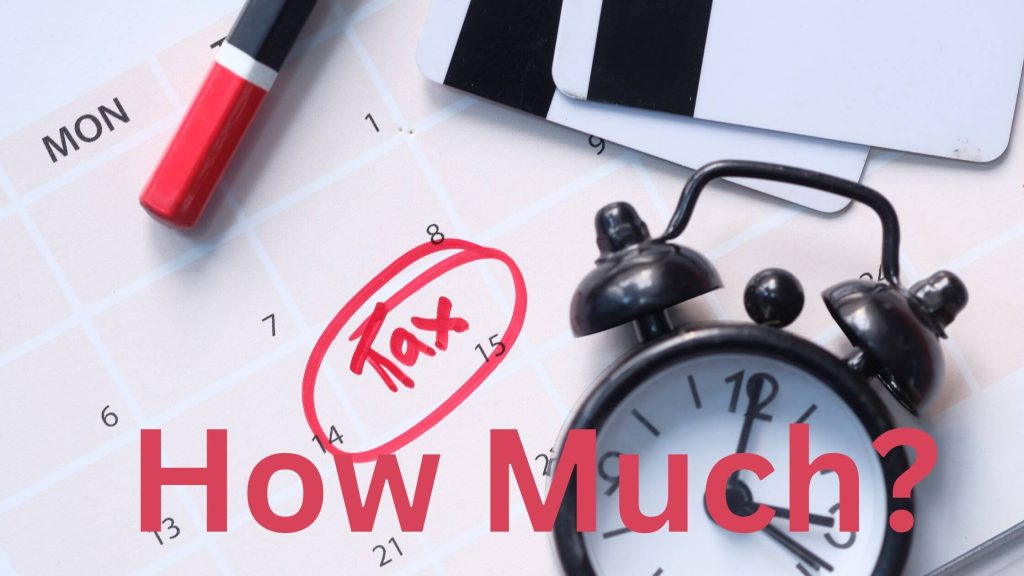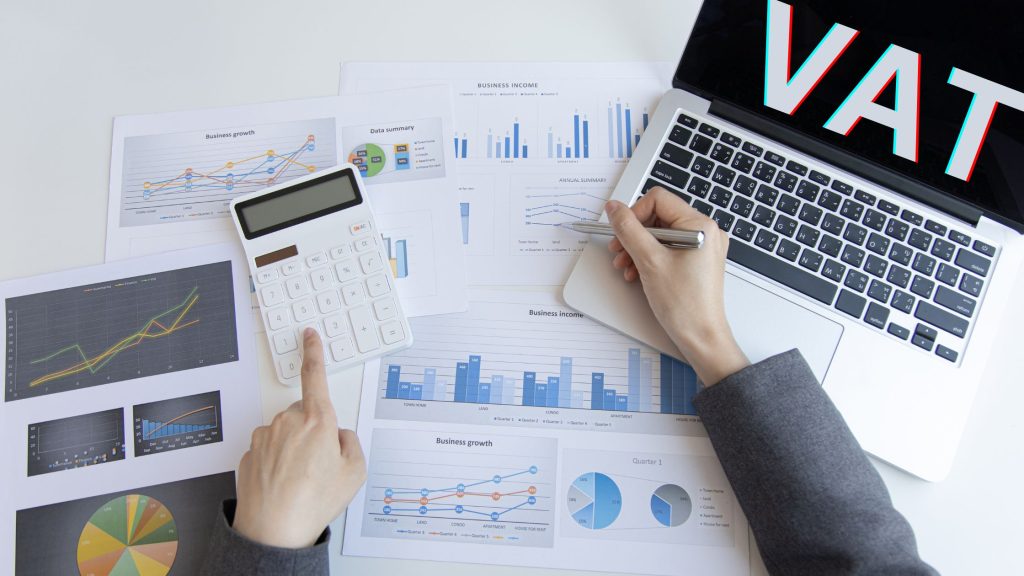Is VAT calculated in turnover in kenya?
Intro
For entrepreneurs in Kenya, understanding the various taxes and fees that come with running a business can be overwhelming. One aspect that often causes confusion is the calculation of Value Added Tax (VAT) in turnover. VAT is a consumption tax applied to most goods and services in Kenya, and it is important for entrepreneurs to understand how it is calculated in their turnover. In this blog post, we will demystify the confusion around VAT calculation in turnover for entrepreneurs in Kenya, and provide a clear understanding of how VAT is calculated in the country.
Understanding the Basics of VAT in Kenya
Understanding the basics of VAT in Kenya is crucial for entrepreneurs to navigate the complexities of running a business. VAT, which stands for Value Added Tax, is a consumption tax that is levied on most goods and services in the country. It is important to know the VAT percentage on turnover and how to calculate VAT on turnover accurately. This ensures compliance with the tax laws and helps businesses manage their finances effectively. By understanding the basics of VAT in Kenya, entrepreneurs can make informed decisions about pricing, cash flow management, and overall financial planning. In the next section, we will explore the role of turnover in business and its connection to VAT.
The Role of Turnover in Business
Understanding the role of turnover in business is essential for entrepreneurs to grasp the concept of VAT calculation. Turnover refers to the total revenue generated by a business through its sales and services. It serves as the foundation for determining VAT liabilities. The VAT percentage on turnover is the rate at which VAT is levied on the total revenue generated by a business. This percentage is set by the government and varies depending on the type of goods or services provided. The VAT on turnover calculation involves multiplying the turnover by the VAT percentage to determine the amount of VAT payable. By understanding the role of turnover in business, entrepreneurs can accurately calculate their VAT liabilities and effectively manage their financial obligations.
VAT and Turnover: How Are They Related?
Understanding how VAT and turnover are related is crucial for entrepreneurs in Kenya. The VAT percentage on turnover is the rate at which VAT is charged on a business\’s total revenue. This means that the higher the turnover, the more VAT a business is required to pay. The VAT on turnover calculation involves multiplying the turnover by the VAT percentage to determine the amount of VAT payable. For example, if the VAT percentage is 16% and a business has a turnover of 500,000 KES, the VAT payable would be 80,000 KES. By understanding the relationship between VAT and turnover, entrepreneurs can accurately calculate their VAT liabilities and ensure compliance with tax laws.
Understanding VAT Thresholds in Kenya
Understanding VAT thresholds in Kenya is crucial for entrepreneurs to determine their VAT obligations. VAT thresholds refer to the turnover limit at which a business is required to register for VAT and start charging VAT on their sales. In Kenya, the VAT threshold is currently set at 5 million Kenyan Shillings. This means that once a business reaches or exceeds this turnover limit, they are legally obligated to register for VAT and calculate VAT on their turnover. Failure to register and charge VAT when required can result in penalties and legal consequences. It is important for entrepreneurs to stay updated on VAT thresholds and ensure compliance with tax regulations to avoid any financial and legal complications. By understanding VAT thresholds in Kenya, entrepreneurs can effectively manage their VAT obligations and avoid any unnecessary risks.
Calculating VAT in Kenya: A Step-by-Step Guide
Calculating VAT in Kenya may seem daunting, but with a step-by-step guide, it can become much more manageable. The first step in the VAT on turnover calculation is to determine your business\’s total revenue, or turnover. Once you have this figure, you need to know the VAT percentage set by the government for your specific goods or services. Multiply your turnover by this VAT percentage to determine the amount of VAT payable. For example, if your turnover is 500,000 KES and the VAT percentage is 16%, the VAT payable would be 80,000 KES. It\’s important to note that accurate calculation is essential for compliance with tax laws and effective financial management. By following this step-by-step guide, entrepreneurs can confidently calculate their VAT liabilities and ensure smooth operations.
Common Misconceptions About VAT and Turnover
Common misconceptions about VAT and turnover can lead to confusion and potentially costly mistakes for entrepreneurs in Kenya. One common misconception is that VAT is only applicable to large businesses or specific industries. In reality, VAT is a consumption tax that applies to most goods and services, regardless of the size or nature of the business. Another misconception is that turnover refers only to sales revenue. In fact, turnover includes all revenue generated by a business, such as service fees and rental income. It\’s also important to note that turnover is not the same as profit, as VAT is calculated based on total revenue, not just the profit margin. By debunking these misconceptions, entrepreneurs can accurately calculate their VAT liabilities and ensure compliance with tax laws.
How to Manage VAT for Better Cash Flow
Effective management of VAT is crucial for maintaining a healthy cash flow in your business. One way to manage VAT for better cash flow is by accurately tracking and recording your VAT transactions. Keep thorough records of your sales and purchases, ensuring that VAT is correctly accounted for. This will help you identify any discrepancies and avoid penalties. Another way to manage VAT is by regularly reviewing your pricing strategy. Consider the impact of VAT on your pricing and ensure that your prices are set to cover the VAT liability. Additionally, it is important to set aside funds specifically for VAT payments to avoid any cash flow shortages when the VAT liability is due. By proactively managing your VAT obligations, you can maintain a positive cash flow and avoid unnecessary financial stress.

